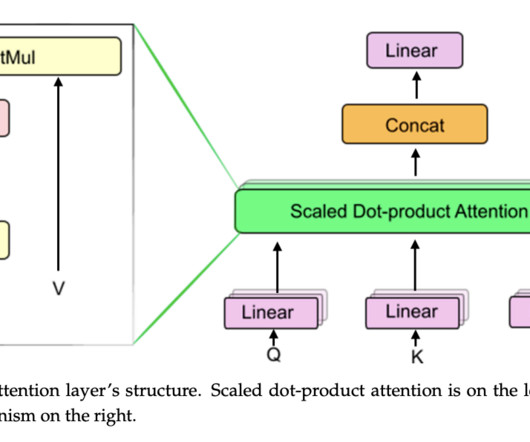Top 6 Datasets For Emotion Detection
Analytics Vidhya
APRIL 18, 2024
Introduction Emotion detection is the most important component of affective computing. It has gained significant traction in recent years due to its applications in diverse fields such as psychology, human-computer interaction, and marketing.















Let's personalize your content